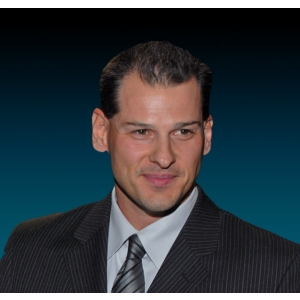Advertisement
Resistance training will not only burn calories during the workout but also increase calorie burn after the workout is completed. This is known as excessive post-exercise oxygen consumption (EPOC). An increase in the intensity of a workout, such as performing resistance training, will make the body consume more oxygen. The more oxygen demand that is placed on the body the longer it will take to restore the body to a resting state. This is when EPOC comes into play. During this transition from intense workout to a resting state, the body will consume more calories as it attempts to restore the body to a normal, resting state. It is also important to consider how the resistance training is being performed when thinking about increasing calorie burn. The more muscles you can recruit to work during an exercise the higher the calorie consumption. For example, standing while performing a resistance exercise forces the body to use balance and stabalization muscles that would not be employed while sitting or lying on a hard surface. Using a cable machine to perform a chest exercise will burn more calories than using a seated machine for chest. Additionally, the longer the muscles are under tension the more calories they will expend. This means that movements should be slow and performed for a higher number of repetitions. The last thing to consider is the break time in between exercises. If the body is allowed to fully recuperate between sets or exercises, the total amount of calories burned will decrease.
Resistance training (strength training) is one of the best ways to burn calories. The more muscles that you recruit during an exercise, the more calories that you will burn. You will also burn more calories after the workout for a period of time.
Continue Learning about Resistance Training
Important: This content reflects information from various individuals and organizations and may offer alternative or opposing points of view. It should not be used for medical advice, diagnosis or treatment. As always, you should consult with your healthcare provider about your specific health needs.

